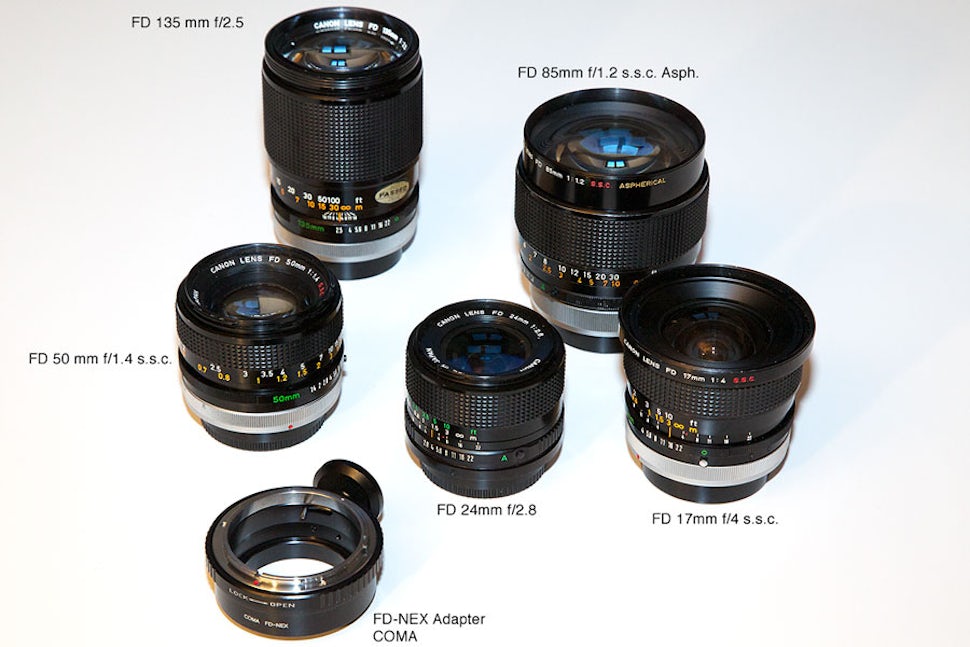How to Save Money on High Quality Lenses
If you want to save money on lenses without compromising quality there might be a solution for you.

If you’re like me and don’t have the deep pockets to spend over 1k on new lenses but producing quality images is important to you, there might be a solution for you. When I switched to the Sony mirrorless system I stumbled upon lenses I didn’t know existed. When the Sony A7 system came out a few years ago it revolutionized the DSLR world because it was the first mirrorless full frame camera. One of the biggest complaints about this new system was its lack of lenses to choose from and the ones that you could buy were expensive. Another problem was that many photographers who were considering the switch to Sony were hesitant because they wanted to keep their lenses that they’ve enjoyed using. Long story short something called a lens adapter became popular and because of this more options emerged. (These adapters run as little as $30 on amazon or any popular photography website.)
This is where you get to save a boatload of money on your lenses without sacrificing quality. They’re called vintage or legacy lenses. Simply put they’re older lenses made in the 70’s and 80’s. Canon for example changed their lens mounting system in 1987 to the EF rendering the older lenses practically useless and unpopular because they couldn’t be used on the newer camera bodies. This means they can be found at a bargain.

With research I found that many people who have used these lenses in the past will agree that the optic quality of the 70’s and 80’s lenses aren't much different than the newer lenses today. With even more research I found articles of people who have done side-by-side comparisons in optic quality of the legacy and newer lenses. For example, the Canon fd 50mm 1.4 and the Sony FE 55 1.8 optics are nearly identical even under pixel peeping inspection. The price difference between the two is dramatic, $100 for the Canon and nearly $1,000 for the Sony. Now that’s a lot of money saved while still getting great images. This is only one example of many of high quality legacy lenses that can be bought for cheap ranging anywhere from $50-$200.

With legacy lenses there are some cons that need to be addressed. Some of these may be pros or not a big deal depending on how you like to shoot.
1. Manual Focusing- you will have to do without auto focusing. This means if you have to use autofocus legacy lenses are not for you.
2. Manual Aperture- if you don’t understand how f-stops work there will be a learning curve but something anyone can learn.
3. No Metadata- this is the basic information found in post processing. Not really a big deal unless you like to know the exact setting you used for each shot.
4. No Lens Correction- With there being no lens data, lens correction in post processing will have to be manually done. Again not a big deal for me but could be for some.
So there you go, if you want to save money and don't need autofocus consider looking into buying some legacy glass. Some places I recommend you can buy legacy lenses are KEH, Adaroma, B&H, or even Ebay.
We want to acknowledge and thank the past, present, and future generations of all Native Nations and Indigenous Peoples whose ancestral lands we travel, explore, and play on. Always practice Leave No Trace ethics on your adventures and follow local regulations. Please explore responsibly!
Do you love the outdoors?
Yep, us too. That's why we send you the best local adventures, stories, and expert advice, right to your inbox.







